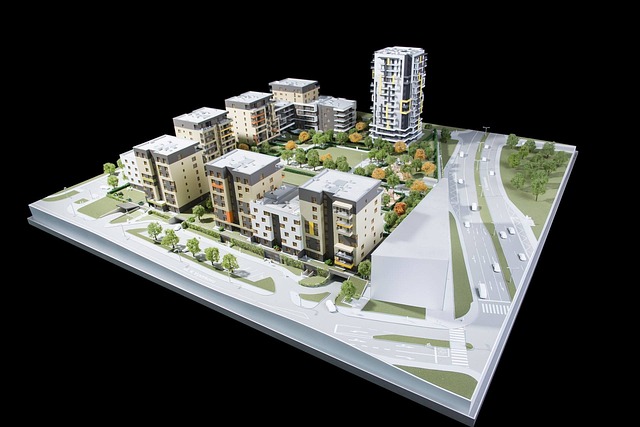Identifying community needs through active listening, data analysis, and stakeholder engagement is crucial for successful Event Planning for Local Businesses. Setting SMART goals ensures events align with diverse challenges and aspirations while fostering connections, understanding, and cultural heritage. This strategic approach enhances community spirit, promotes business integration, increases participation rates, and drives positive outcomes beneficial to all.
“Unleash the power of community engagement through strategic event planning! In today’s competitive landscape, local businesses have a unique opportunity to thrive by aligning their events with community needs. This comprehensive guide explores the art of identifying and addressing local demographics, interests, and challenges, setting clear goals, and designing successful outreach strategies.
From choosing the perfect event type to implementing engaging techniques, we’ll navigate you through the process, ensuring your business leaves a lasting impact. Discover how effective partnerships, targeted marketing, and community-driven activities can revolutionize event planning for local businesses.”
- Identifying Community Needs and Setting Clear Goals
- – Understanding the local community: demographics, interests, and challenges
- – Defining event objectives: what change or impact do you aim to bring?
Identifying Community Needs and Setting Clear Goals

Identifying community needs is a crucial step in event planning for local businesses. By understanding the unique challenges and aspirations of their target audience, organizers can create events that resonate deeply with participants. This involves active listening to community members through surveys, workshops, or conversations; analyzing existing data on social trends and local demographics; and seeking feedback from stakeholders such as community leaders, non-profits, and business owners. Setting clear goals is equally vital. Events should aim to foster connections, promote understanding, address specific issues, or celebrate cultural heritage. Goals should be SMART – Specific, Measurable, Achievable, Relevant, and Time-bound – to ensure the event’s success and impact.
Well-defined objectives help in tailoring activities, resources, and marketing strategies accordingly. For instance, if the goal is to enhance community resilience, events might focus on disaster preparedness workshops or emergency response simulations. On the other hand, a goal centered around cultural exchange could involve food festivals showcasing diverse cuisines or artistic performances highlighting local talent. This dual approach of identifying needs and setting clear goals ensures that each event not only engages the community meaningfully but also achieves tangible outcomes beneficial for all involved.
– Understanding the local community: demographics, interests, and challenges

Understanding your local community is a pivotal step in successful event planning for local businesses. By delving into demographics, you gain insights into age groups, cultural backgrounds, and economic statuses, which inform the type of events that resonate with attendees. Interests vary widely—from arts and culture to sports and outdoor activities—and knowing these preferences allows organizers to tailor experiences that cater to diverse tastes. Moreover, identifying community challenges provides opportunities for event planning that addresses local issues, fostering a sense of belonging and engagement.
Event planners must consider the unique needs and characteristics of their communities to create meaningful gatherings. Understanding demographics, interests, and challenges enables businesses to align their events with local goals, ensuring higher participation rates and more positive outcomes. This approach not only enhances community spirit but also positions local businesses as integral parts of the fabric, fostering trust and long-term support from residents.
– Defining event objectives: what change or impact do you aim to bring?

When planning community outreach events, defining clear objectives is crucial for local businesses aiming to make a meaningful impact. These events should be tailored to address specific needs or challenges within the community. For instance, if a local business notices a lack of digital literacy among seniors, an event focused on teaching basic computer skills and navigating online resources can achieve both engagement and positive social change. Such initiatives not only foster goodwill but also enhance the business’s reputation as a responsible corporate citizen.
Event planners should consider measurable outcomes to assess the success of their outreach efforts. This might include setting targets like the number of attendees, the percentage of participants who acquire new skills, or community feedback scores. By defining these objectives upfront, local businesses can design engaging activities and ensure that their events contribute effectively to the community while aligning with broader goals of event planning for local businesses.
Community outreach events, carefully planned with identified needs and clear goals, can significantly impact local businesses. By understanding demographics, interests, and challenges within your community, you can set meaningful event objectives that resonate with attendees. This strategic approach to event planning fosters stronger connections between local businesses and their communities, ultimately driving positive change and growth for all involved.
